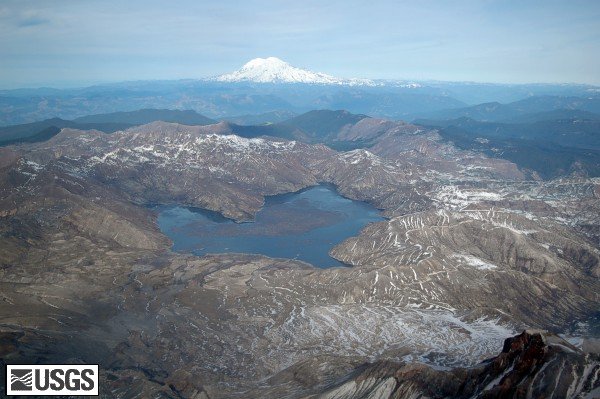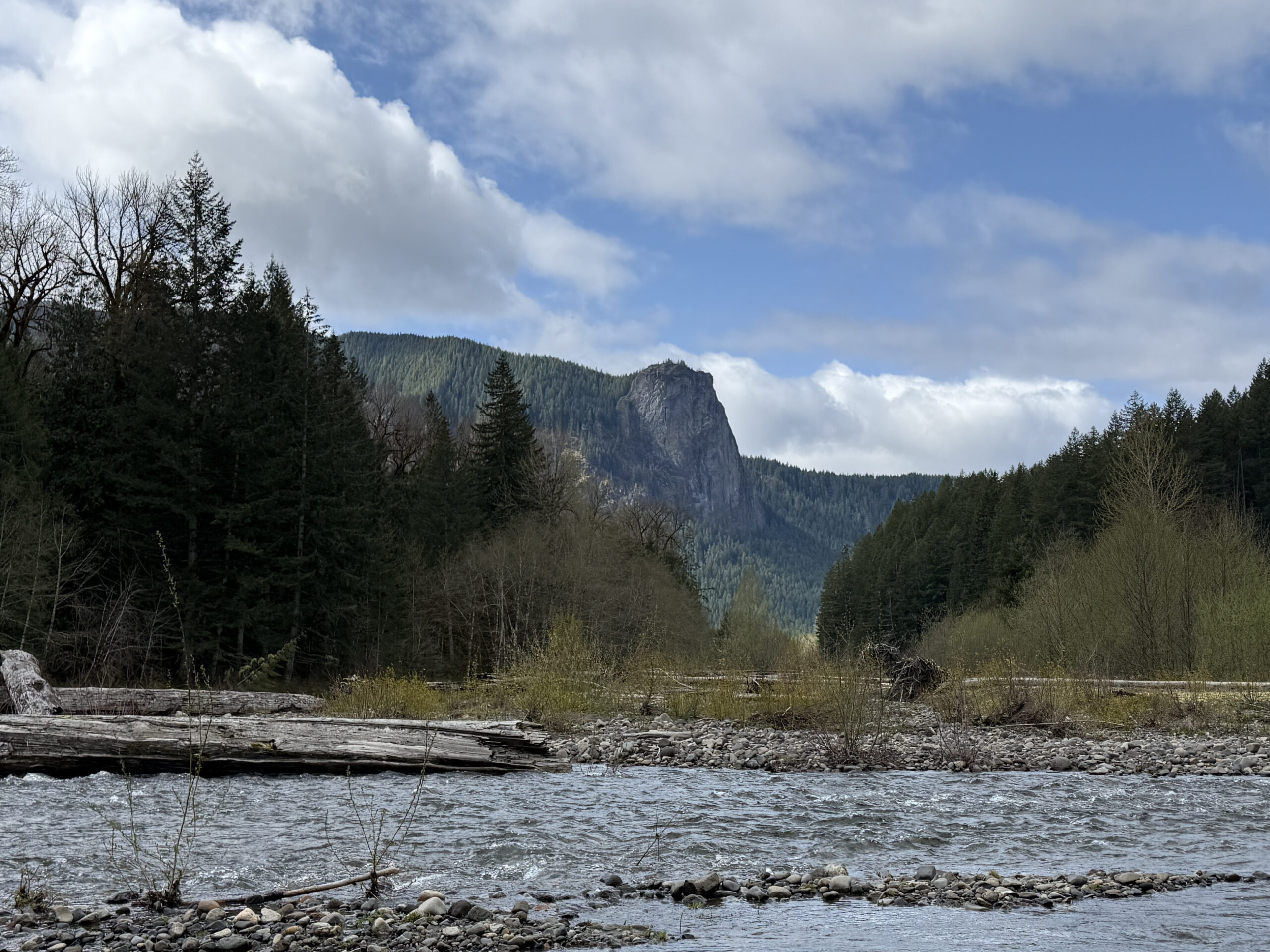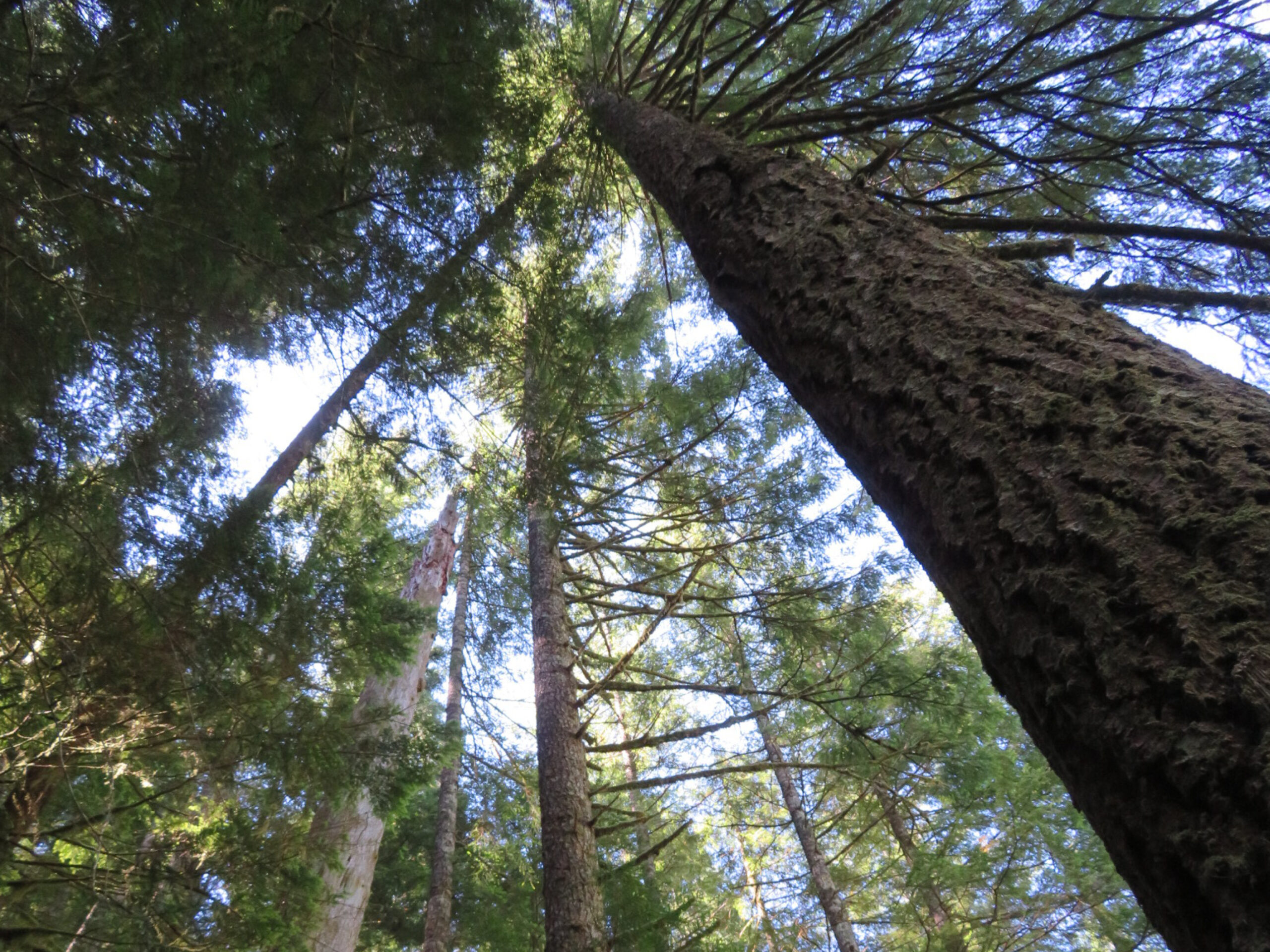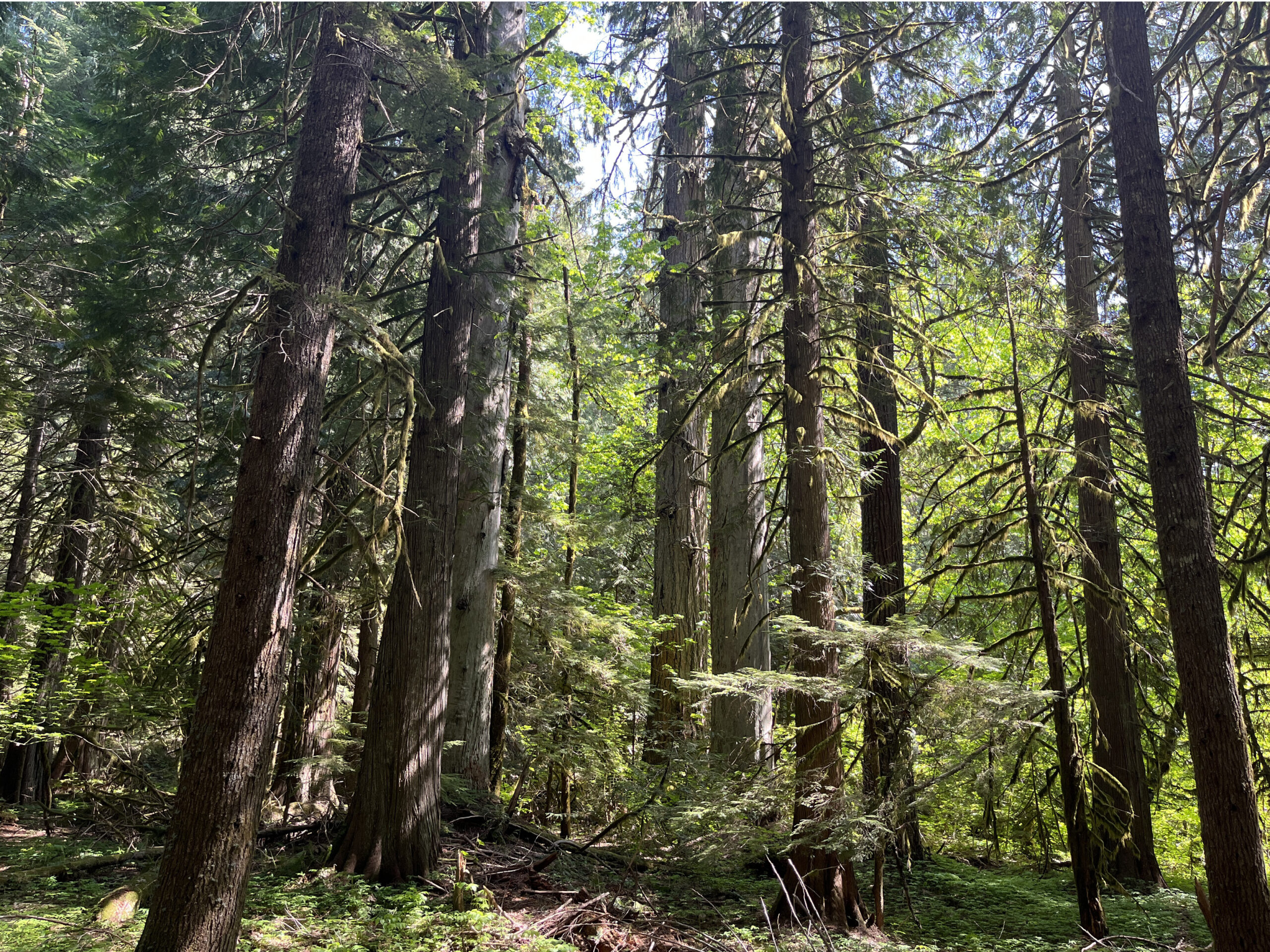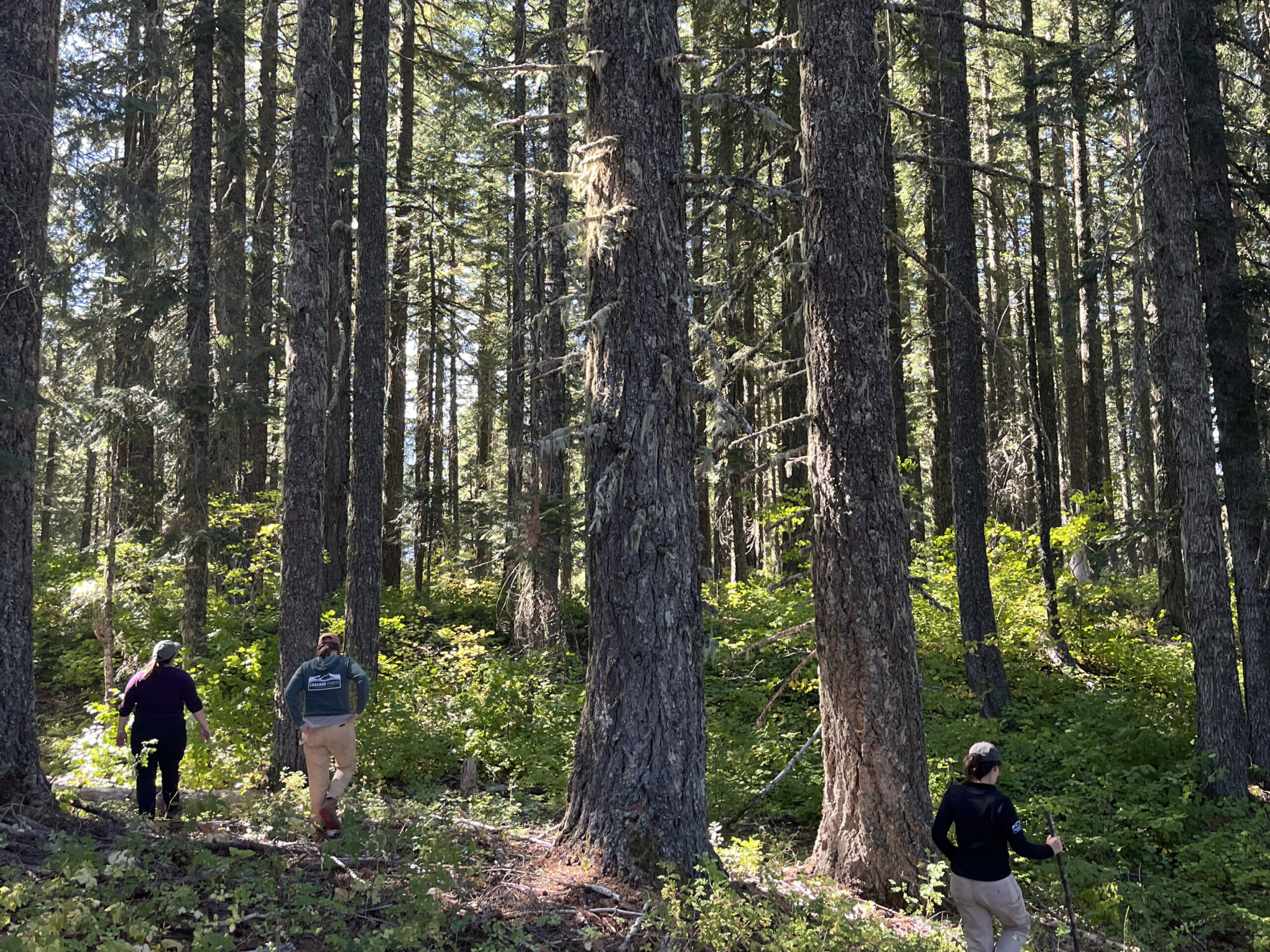[vc_row row_type=”row” use_row_as_full_screen_section=”no” type=”full_width” angled_section=”no” text_align=”left” background_image_as_pattern=”without_pattern” css_animation=””][vc_column width=”1/12″][/vc_column][vc_column width=”5/6″][vc_empty_space][vc_column_text]The 1980 eruption of Mount St. Helens drastically altered the landscape of Southwest Washington in a matter of moments. A massive debris avalanche, formerly the north side of the mountain, crashed into Spirit Lake and careened down the Toutle River. The blast from the eruption destroyed ancient forests and covered the lands near the volcano in a layer of ash and pumice.
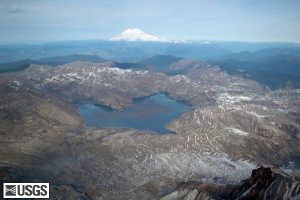
History of the Mount St. Helens National Volcanic Monument
In 1982, Congress created the 110,000 acre Mount St. Helens National Volcanic Monument to protect the unique research and recreation opportunities of this landscape. The heart of the Monument, and the research conducted there, is the Pumice Plain – where nothing survived the eruption.
May 18th was the thirty-eighth anniversary of the eruption, and throughout this time the Pumice Plain has been the site of several, long-term scientific studies. Thousands of people visit the Monument each year to witness the on-going return of plants and animals, and how the environment has changed in the years since the eruption.
Since the Monument’s creation, the Forest Service has allowed limited public access to the areas most impacted by the eruption, including the Pumice Plain. For example, to protect the natural recovery of the Pumice Plain, and the on-going long-term scientific research, no motorized vehicles are allowed. Even the Forest Service does not currently operate motorized vehicles on the Pumice Plain. Instead, they utilize helicopters when they need to access areas like Spirit Lake, as they have done for over three decades.
Proposed Motorized Access Routh Threatens the Pumice Plain
The Forest Service is now proposing a long-term administrative motorized access route across the Pumice Plain which risks this important landscape. The Forest Service’s stated need for this access route is to maintain the Spirit Lake Tunnel.
During the 1980 eruption, a debris flow blocked the natural outflow of Spirit Lake. Communities downstream were at risk of flooding if Spirit Lake were to overflow, so the U.S. Army Corps of Engineers created the Spirit Lake Tunnel to maintain safe water levels in Spirit Lake. The tunnel was completed in 1985, and the Forest Service has maintained the tunnel by helicopter ever since.
While we recognize the important need to balance protecting scientific, ecological, and recreational values with public safety, we remain concerned that the Forest Service has not adequately considered the long-term impacts of motorized administrative access across the Pumice Plain.
Especially concerning are the potential impacts of this motorized access route to ongoing, long-term scientific research. The Forest Service has not pointed to specific situations where they were unable to perform required maintenance on the tunnel, or that would prevent them from using helicopters for access as they currently do.
The Monument, especially the Pumice Plain, is a national treasure and world-renowned for scientific research. It is concerning to see the Forest Service consider an action that would damage this irreplaceable landscape without adequate analysis of whether this access route is necessary.
So far, we haven’t heard any evidence that the Forest Service now needs this motorized access to maintain the tunnel, when they have been successfully managing Spirit Lake water levels to protect downstream communities for over thirty years.
Help us continue our work to protect public lands in the Cascade Mountains by volunteering your time or becoming a CFC member.
[/vc_column_text][/vc_column][vc_column width=”1/12″][/vc_column][/vc_row]


